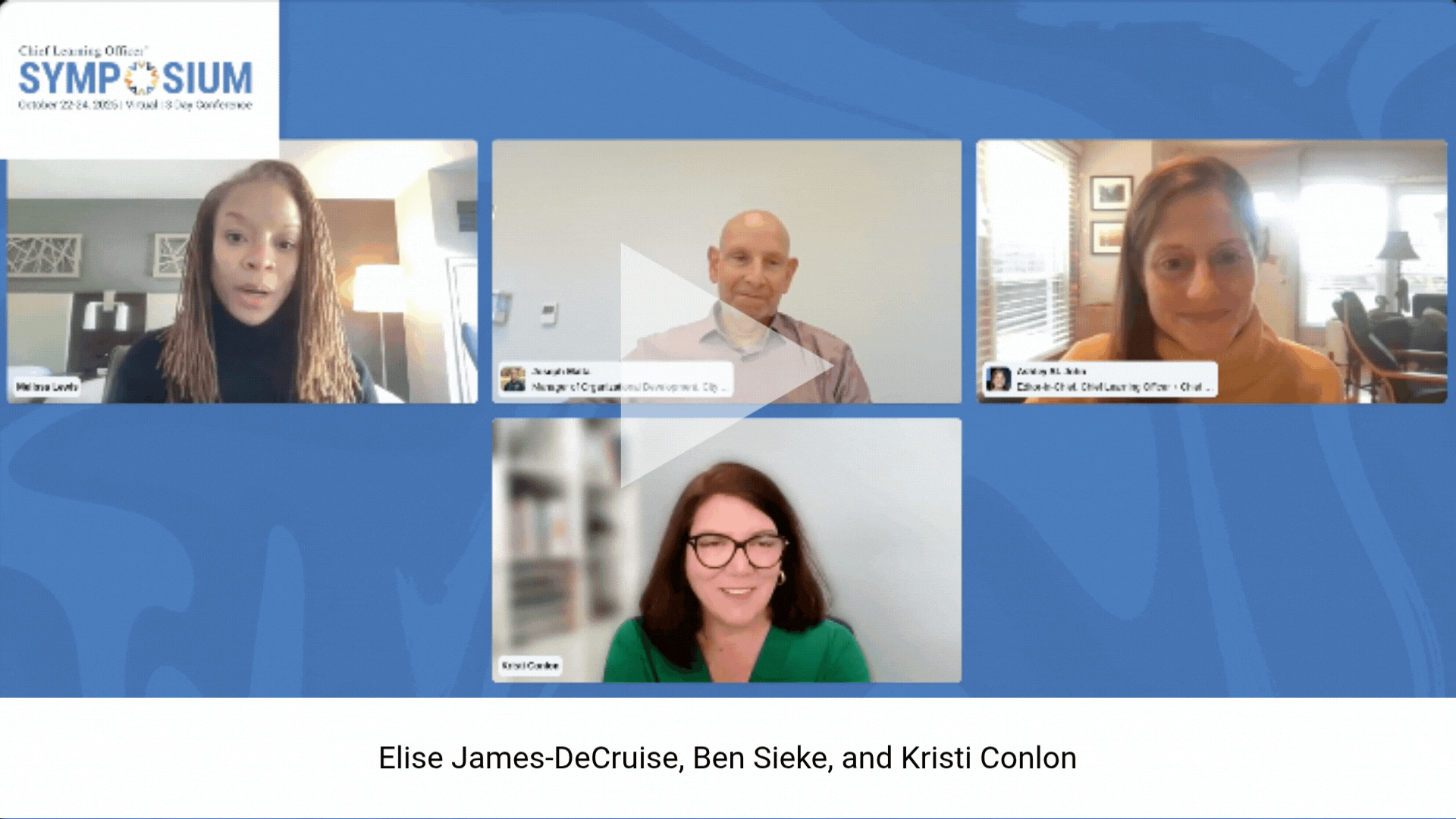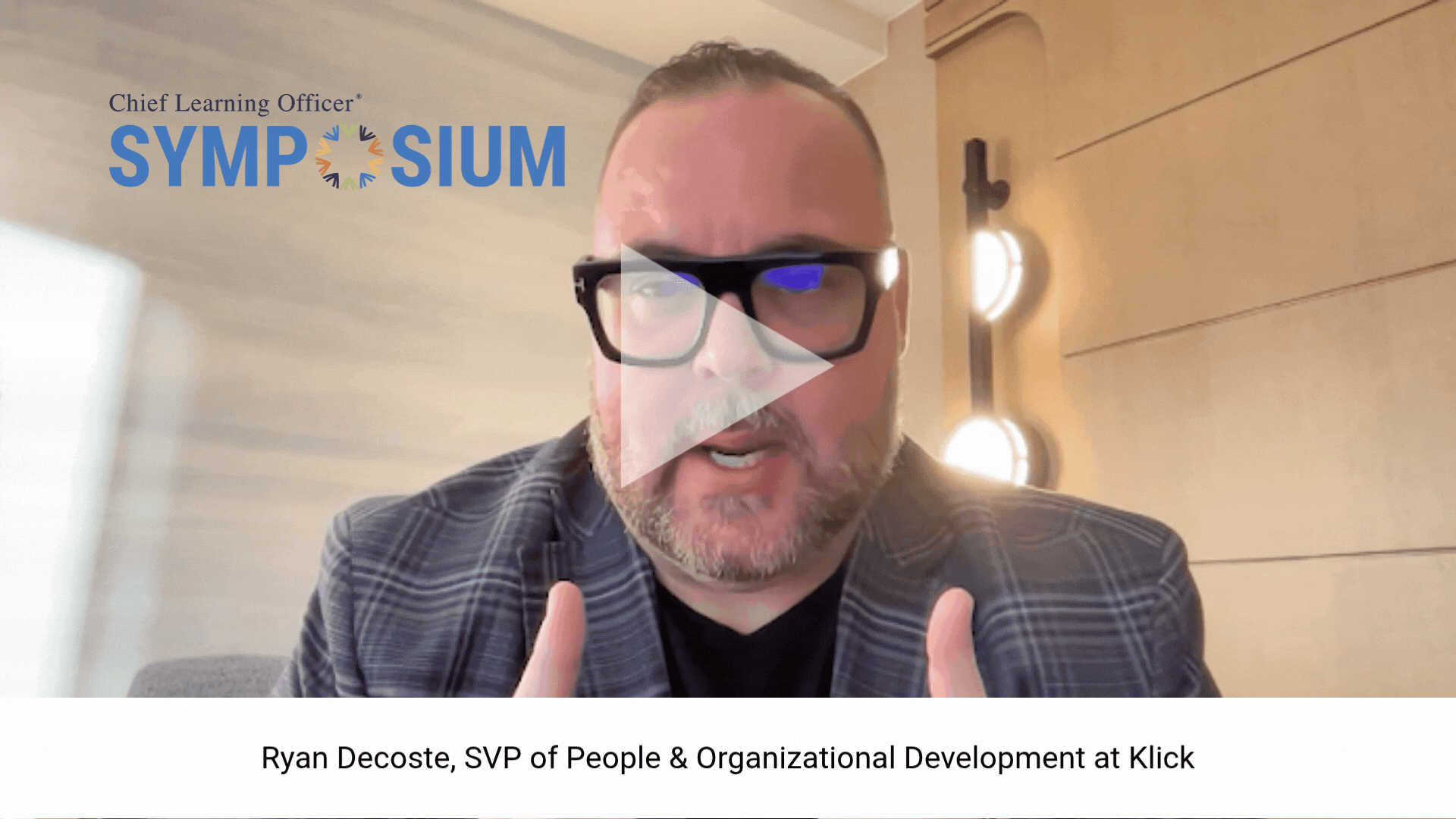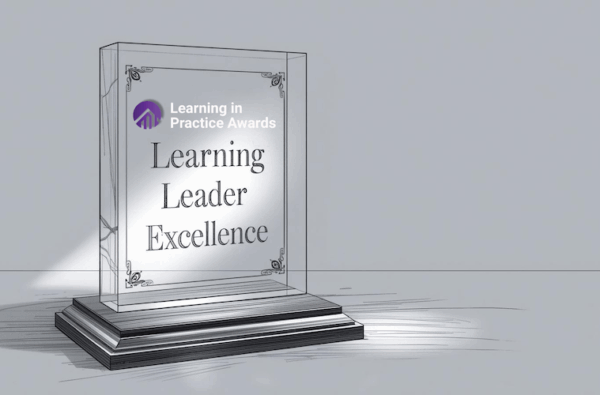The phrase “don’t throw the baby out with the bathwater” refers to a time when large families bathed together in the same water, starting with the oldest and most senior member and ending with the youngest, where the water was so murky that throwing out the baby along with the bathwater was a real risk.
Today’s sociopolitical environment encourages organizations to find new ways to engage their employees. While many are moving away from programs that emphasize race and gender differences, they still recognize that actions promoting inclusivity across various employee experiences—such as generational gaps or neurodivergence—bring significant value to the organization. Research shows that organizations that actively promote inclusive practices are better able to handle crises. The businesses that lead on inclusivity are the ones that tend to have better performance on all five pillars that measure workplace health: Having leaders who make people feel like they belong, actively seeking employee feedback and acting on it, colleagues using their influence to support those from marginalized groups, fostering curiosity, and being honest and having integrity.
Too many organizations still often treat inclusion efforts as simple box-ticking tasks. However, in other organizations, a little-known secret has emerged: Actions that make people feel safe and welcome are not only the right thing to do but also the actions that drive creativity and measurable ROI.
Forward-thinking companies understand that when people feel valued and are given the opportunity to share their different perspectives, the company reaps the rewards in the form of increased productivity and innovation.
The numbers don’t lie. Companies with the most inclusive environments are 36 percent more likely to financially outperform their competitors and 25 percent more likely to have higher profits. The numbers, however, only scratch the surface of the impact that inclusiveness has on innovation in an organization.
In this article, we make the case that inclusiveness is a critical ingredient for innovation and a competitive advantage, not just a compliance issue or public relations strategy. We explore how organizations can and should strategically implement inclusion initiatives to boost creative problem-solving, accelerate decision-making and discover new market opportunities.
Evidence-based inclusion practices
Fortunately, when it comes to implementing value-added inclusion practices, there are a number of evidence-based mechanisms from which to build and develop inclusion into everyday interactions.
Pertinent to building a climate of inclusion that will foster innovation in the workplace is the concept of psychological safety. When employees can share their ideas freely, innovation is inspired.
While some leaders might recoil from the possibility of candid comments from their employees, research tells us that employees most often choose to use these moments of candor to share information or ideas that add value to the organization to enhance team effectiveness for better decision making and improved performance.
Consider this scenario: You’re leading a team tasked with innovating patient engagement through digital tools. You’ve brought together various senior leaders to discuss ideas on how best to innovate. Ideas are flowing in the meeting, but they all feel incremental and safe. You turn to a promising new college graduate you’ve invited to the meeting to observe and invite them to share any ideas they have, even if the idea seems counter to the discussion. The new college grad immediately highlights that nobody wants another new app; what would really be helpful is a voice-based assistant that integrates with current health care digital systems. This spawns an entirely different conversation from which your new product is developed—a conversation that never would have happened if you had not created a safe environment for that individual to share.
Psychological safety enables inclusive innovation by creating a culture of mutual respect and trust where employees know they have the freedom to voice their ideas. Will every idea be a great one? Of course not. But by allowing employees to share their ideas without fearing backlash, you give them permission to be creative.
History is riddled with success stories about companies that have encouraged employees to voice their ideas, even if those ideas did not have an immediate business case or seemed counter to current thinking. Post-it notes came from a 3M idea that lacked a business case, as the glue was too weak to permanently hold objects together. Gmail was developed by a Google engineer during the time Google provided to employees to invest in “passion projects.” Pokémon Go, the popular augmented reality game, came out of an April Fool’s Day collaboration between engineers at Nintendo and Niantic. None of these ideas would have been possible without leaders willing to create an environment that allowed their employees to voice their novel or even dissenting ideas.
How do leaders create inclusive innovation environments that enable employees to bring their ideas into the workplace? Conventional wisdom and extensive research indicate that leader behaviors are the driving force behind environments that enable inclusive employee interactions that inspire innovation. Whether seeking inclusion within a single team, an informal group or even when partnering with an external organization, leaders set the tone for including employee voices as valuable in each interaction.
4 steps for leaders seeking inclusive innovation
First, leaders must embrace curiosity and set aside personal bias. Specifically, they must resist the urge to stick to traditional knowledge or methods. As the 20th-century philosopher Kenneth Burke once said, “One way of seeing is also one way of not seeing.” Leaders who aim to foster innovation through inclusion need to be open to ideas from different perspectives, such as those from a Gen Z newcomer to the workforce or someone who is neurodivergent and experiences the world differently.
To do this, leaders should create environments that encourage unusual inputs: invite the new intern to share ideas, hold meetings outside the usual setting, like in a park, or start discussions by sharing innovative, groundbreaking or even divisive information. A crucial balance for leaders promoting inclusive innovation is setting aside the desire to maintain complete control while still encouraging meaningful group discussions. To achieve this, leaders should exemplify the behavior they want to see by rewarding team members who share new ideas, seek feedback and challenge conventional wisdom.
Second, leaders must identify individuals with different opinions and experiences and seek their input. Some teams have worked together so long that they function as a coordinated unit—facilitating high performance but possibly hindering innovation through new ideas. In her book “Building for Everyone,” Annie Jean-Baptiste shares how Google achieved inclusive innovation by recruiting employees from across its global organization to provide insights and critiques of newly proposed products. The good news is that you do not need to be a global organization to find employees with diverse experiences and ideas—many organizations have employee resource groups that offer a wide range of perspectives, from new parents to veterans to mental health ERGs; these groups can serve as innovation labs to foster inclusive innovation.
Third, leaders aiming to foster innovation must be willing to encourage dissent. Too often, organizational reward systems motivate employees to simply know information, whereas innovation demands that leaders value learning and discovering new insights. Rewarding learning requires leaders to cultivate an inclusive environment that welcomes different interpretations and understandings. Incentives should not be based on employees merely regurgitating commonly accepted truths, but on sharing what they have learned that is incorrect and openly acknowledging mistakes. This growth mindset culture nurtures employees who are unafraid of learning and pushing boundaries, even when mistakes might occur, enabling the development of new initiatives. A leader’s role is to create an environment where employees can do this safely, reducing risks to themselves and the organization.
Fourth, a leader must serve as an interpreter. When guiding a team with diverse backgrounds and experiences that tend toward learning and dissent, the risk of miscommunication is high. To turn miscommunication into innovation, leaders need to help their employees build a shared language or lexicon. This might be as simple as asking employees to define a word or term they are using, or it could involve using physical objects or drawings to represent a problem or solution. The leader must act as a facilitator and interpreter to ensure that new ideas are clearly understood.
Measuring innovation through inclusion metrics
The most advanced approaches to measurement combine quantitative data with qualitative assessment by examining how psychological safety fosters risk-taking to drive innovation and creative efforts. Many traditional metrics capture a static snapshot of inclusion and often overlook the dynamic interaction between inclusion and innovation. For example, workforce or leadership demographic snapshots cannot measure how inclusion and innovation evolve and influence each other over time. Innovative organizations need to assess the process of idea generation, how unique ideas are brought forward and how these diverse perspectives are transformed into revenue-generating products and services. A future-focused inclusivity metric prioritizes the innovation pipeline, asking not only who is present when ideas are developed but also whose ideas reach the market.
Below are some comprehensive metrics that elevate inclusion beyond a mere compliance measure and position it as an innovation driver capable of creating tangible organizational value.
Inclusive innovation metrics evaluate leading indicators by showing the rate of idea generation across different teams and the quality of ideas that progress from ideation to design and development. Conversion rates tracked throughout the process from idea to prototype help track both where the ideas are created, as well as where they are most likely to be discarded due to “what we’ve always known” thinking. Filing patents, publishing research papers or achieving success in product development are direct ways to measure innovation. Identify who leads successful projects and evaluate their leadership style, including decision-making hierarchy and processes, as well as how final decisions are made.
Understanding these aspects can help uncover structural barriers that may prevent the best solutions in each area and under each leader from reaching the market. Additionally, metrics tracking cross-functional collaboration can be used to measure the impact of inclusion across teams and resulting innovation outcomes.
Implementation metrics are lagging indicators that show how many ideas—and what share of successful ideas—reach the market. Organizations can monitor the frequency and impact of breakthrough innovations, which are defined as significant advances that open new market segments or solve previously intractable problems, and link them to team inclusivity strategies. Revenue generated by innovations should be tracked and connected to inclusive innovation metrics, offering a clear measure of how inclusive innovation drives success for the organization.
Looking ahead
The case for inclusive innovators being more agile, responsive and disruptive is compelling and growing. Leaders have an opportunity to see inclusion, as driven by psychological safety, as more than a “check-the-box” activity and truly embrace it as a strategic business imperative.
The long-term view is that organizational benefit will result from those who develop a framework for inclusive innovation measurement and remain focused, even in the face of challenges that can arise when championing unique perspectives. Embracing a safe environment that welcomes new thoughts and ideas is what fosters an ecosystem for innovation to drive organizational success.

















